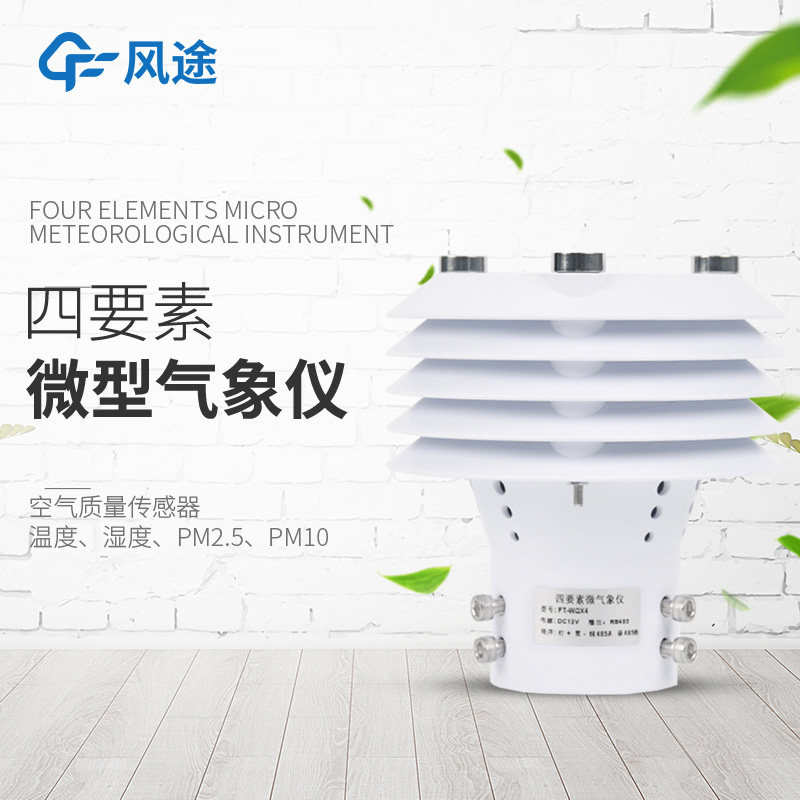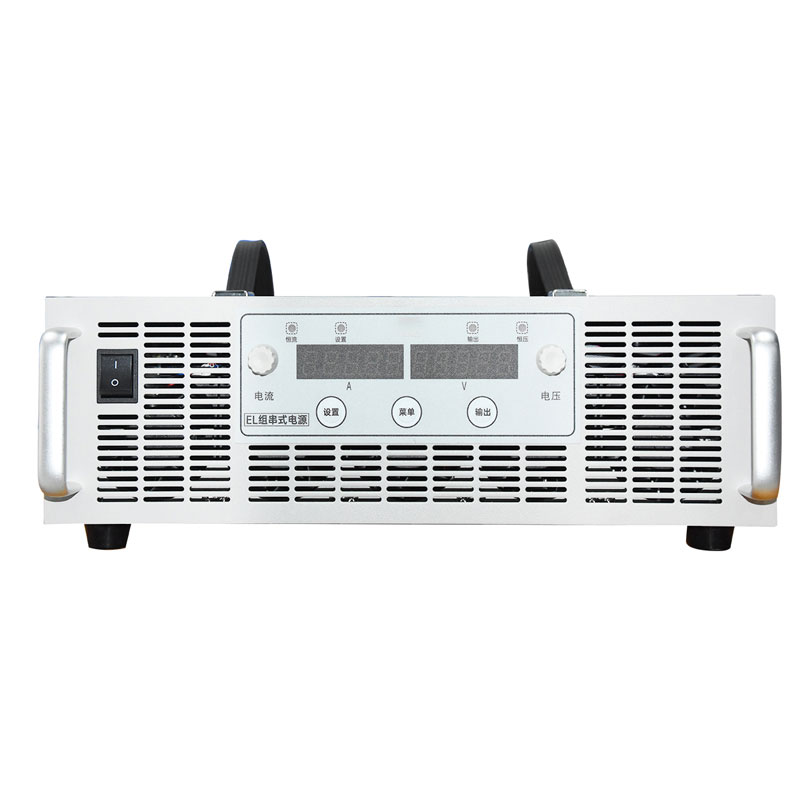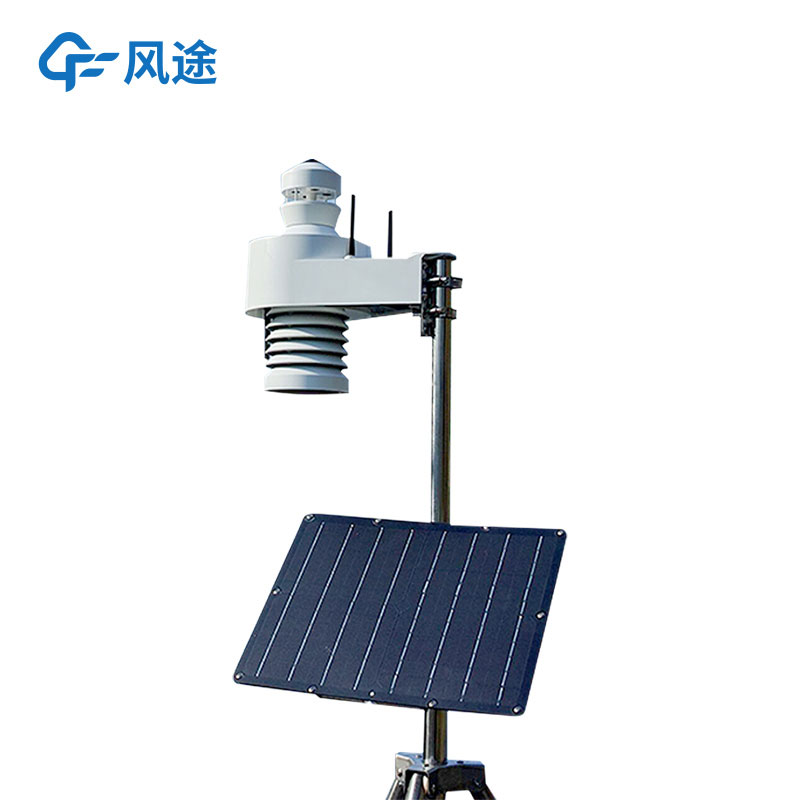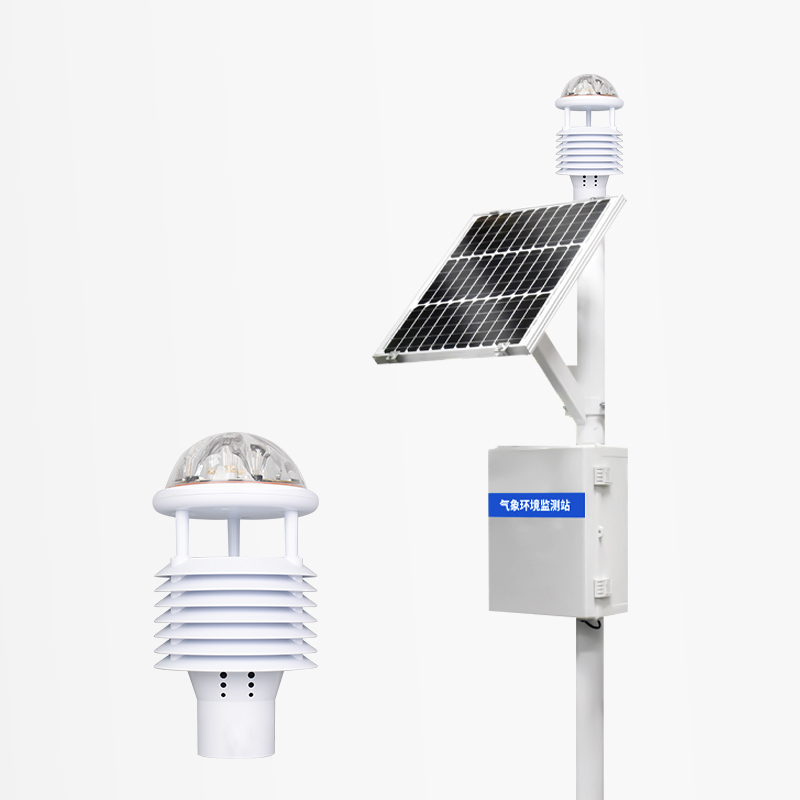Product
Recommended article
- How Forestry Weather Stations Bolster Forest Fire Prevention Efforts
- Discover the Power of Negative Oxygen Ion Monitoring System for Cleaner Air
- Comparative Analysis of Ultrasonic and Automatic Weather Stations in Meteorological Monitoring
- Breaking Through the ‘Last Meter’ with Online Dust Monitoring System
- Mastering Road Conditions with Road Weather Station
- Inhalable Dust Continuous Tester: A Portable Solution for Dust Concentration Monitoring
Contact us
Shandong Fengtu IOT Technology Co., Ltd
Sales Manager:Ms. Emily Wang
Cel,Whatsapp,Wechat:+86 15898932201
Email:info@fengtutec.com
Add:No. 155 Optoelectronic Industry Accelerator, Gaoxin District, Weifang, Shandong, China
Sensors, the sensing equipment of a weather station system
Article source:Weather station time:2024-06-14 08:50:29 viewed:27times
The sensing devices of a weather station system are sensors of various types. They are usually integrated into automatic weather stations and are capable of collecting data 24/7 and transmitting them to a central database, either wired or wirelessly. Meteorologists and researchers use these data for weather analysis, forecasting, climate research, and other applications in related fields.
Sensors are devices that are capable of converting physical quantities in the environment such as temperature, humidity, etc., into electrical signals; they consist of a sensitive element, a conversion element, and a conversion circuit.
In agriculture, sensors are increasingly being used to give crops and agricultural products their "senses" by monitoring and transmitting key information such as soil moisture, air temperature, light intensity, CO2 concentration, etc. in real time. This raw data is critical to understanding crop growing conditions.
With the development of big data technology, sensors have become the basis for building a precision agriculture data monitoring platform. By deploying various types of sensors, various dynamic data in the agricultural production process can be comprehensively recorded, such as crop growth conditions, the occurrence of pests and diseases, and soil conditions.
Using these data, combined with data analysis and artificial intelligence technology, agricultural producers can make more scientific decisions on crop planting, irrigation, fertilisation and pest control, improve agricultural production efficiency, reduce resource waste and enhance agricultural sustainability.
It can be seen that in the context of the big data era, the sensor has become a bridge connecting agriculture and modern information technology, promoting the development of intelligent agriculture.
Nowadays, there is an increasing need for small and portable sensors in the agricultural field. In the future, the development of more accurate and easy-to-carry sensors will be very crucial to enhance agricultural technology and help agriculture become smarter and more efficient.

This paper addresses:https://www.yf182.com/industry/408.html
Related products
Related article
-
The Crucial Role of Online dust Monitoring system in Controlling Construction Dust Pollution
2024-11-18 -
Grid-based environmental monitoring system, a refined environmental management model
2024-04-28 -
Negative Oxygen Ion Monitoring Equipment Visualising Current Negative Ion Levels
2024-04-11 -
When buying a weather station, there are a few things to think about
2024-03-25 -
Hardware configuration of forest fire risk factor monitoring stations
2024-08-06 -
Dust pollution detector to monitor PM2.5
2024-01-24 -
Road Weather Station: Ensuring Safe Transportation with Precise Monitoring
2024-09-14 -
Fire Risk Factor Integrated Monitoring Station Instructions
2024-07-03










